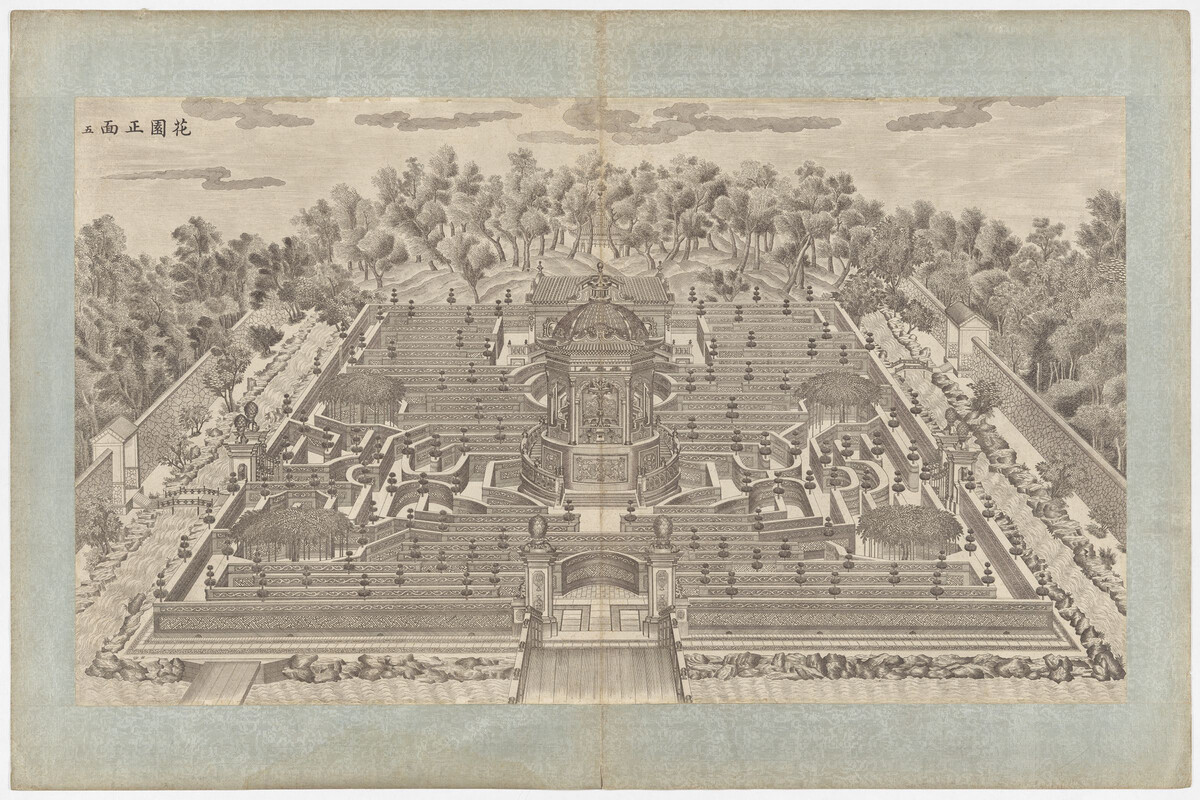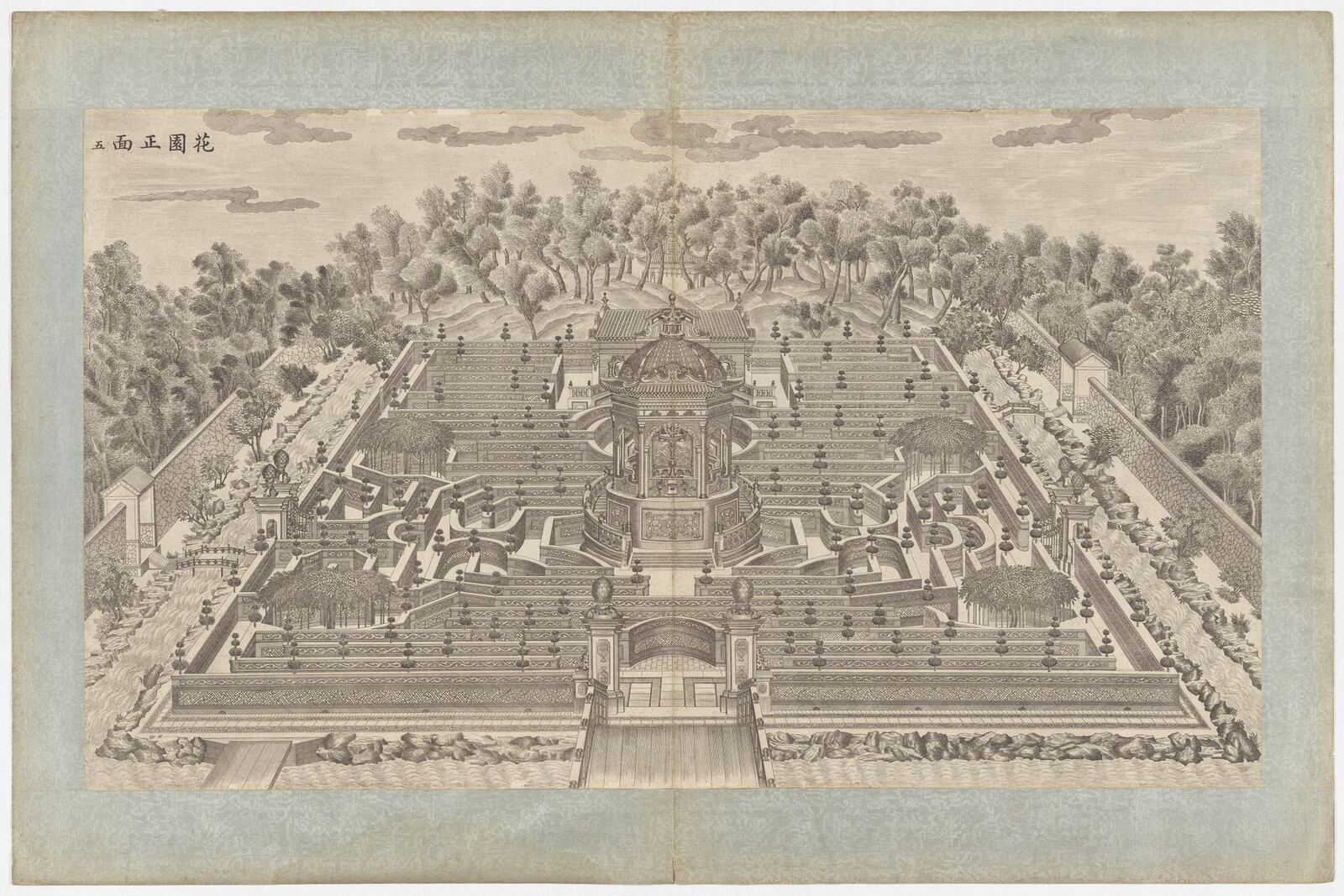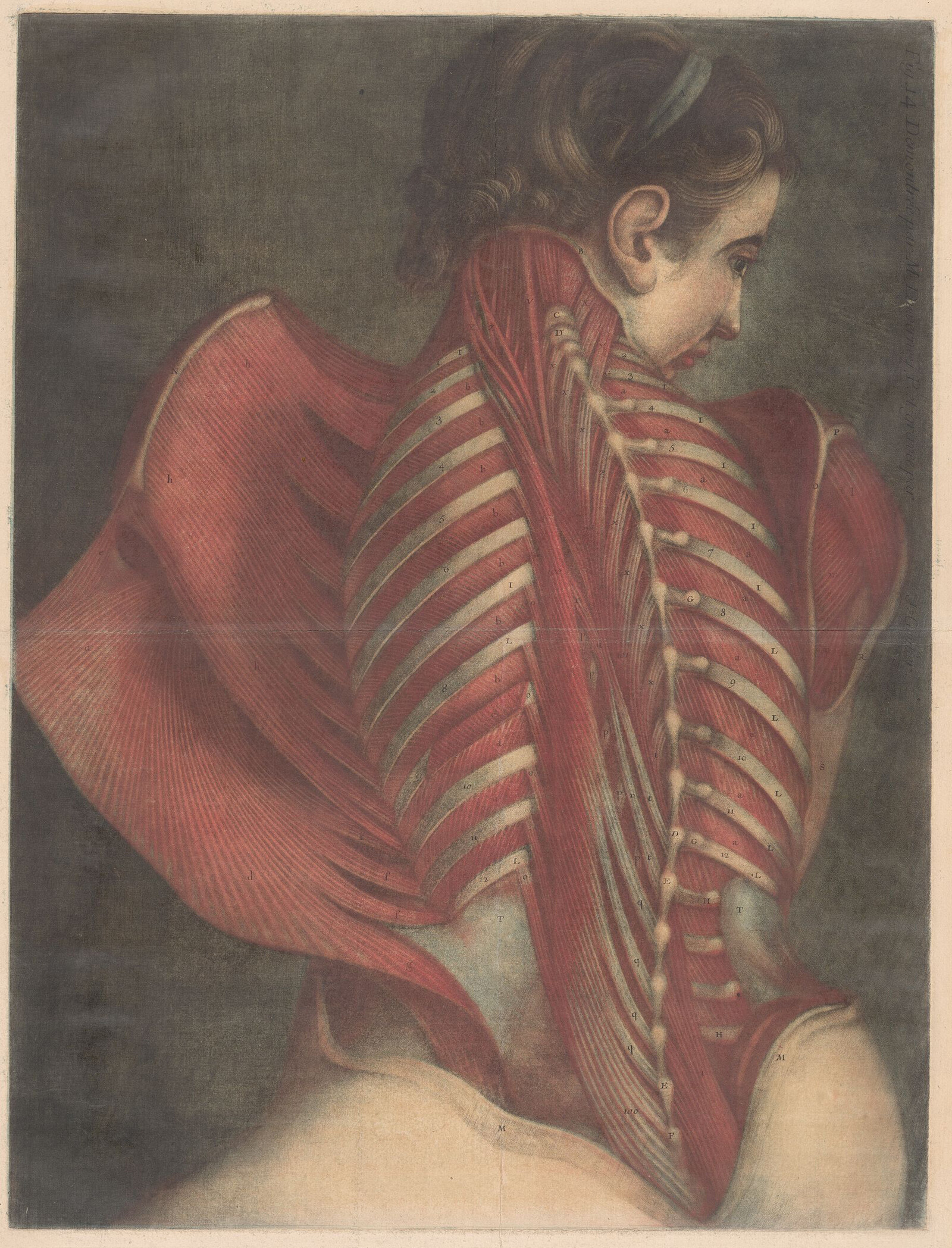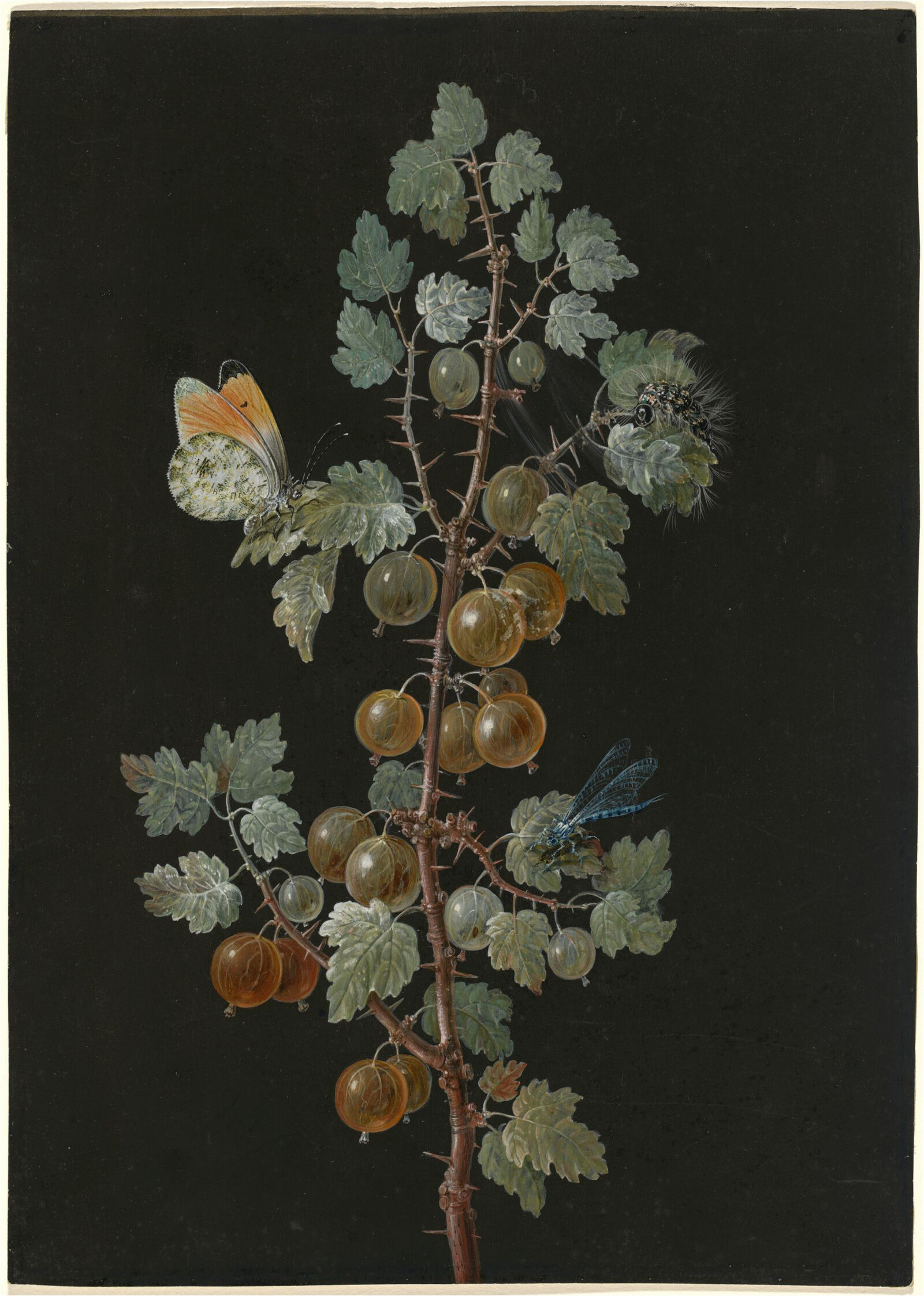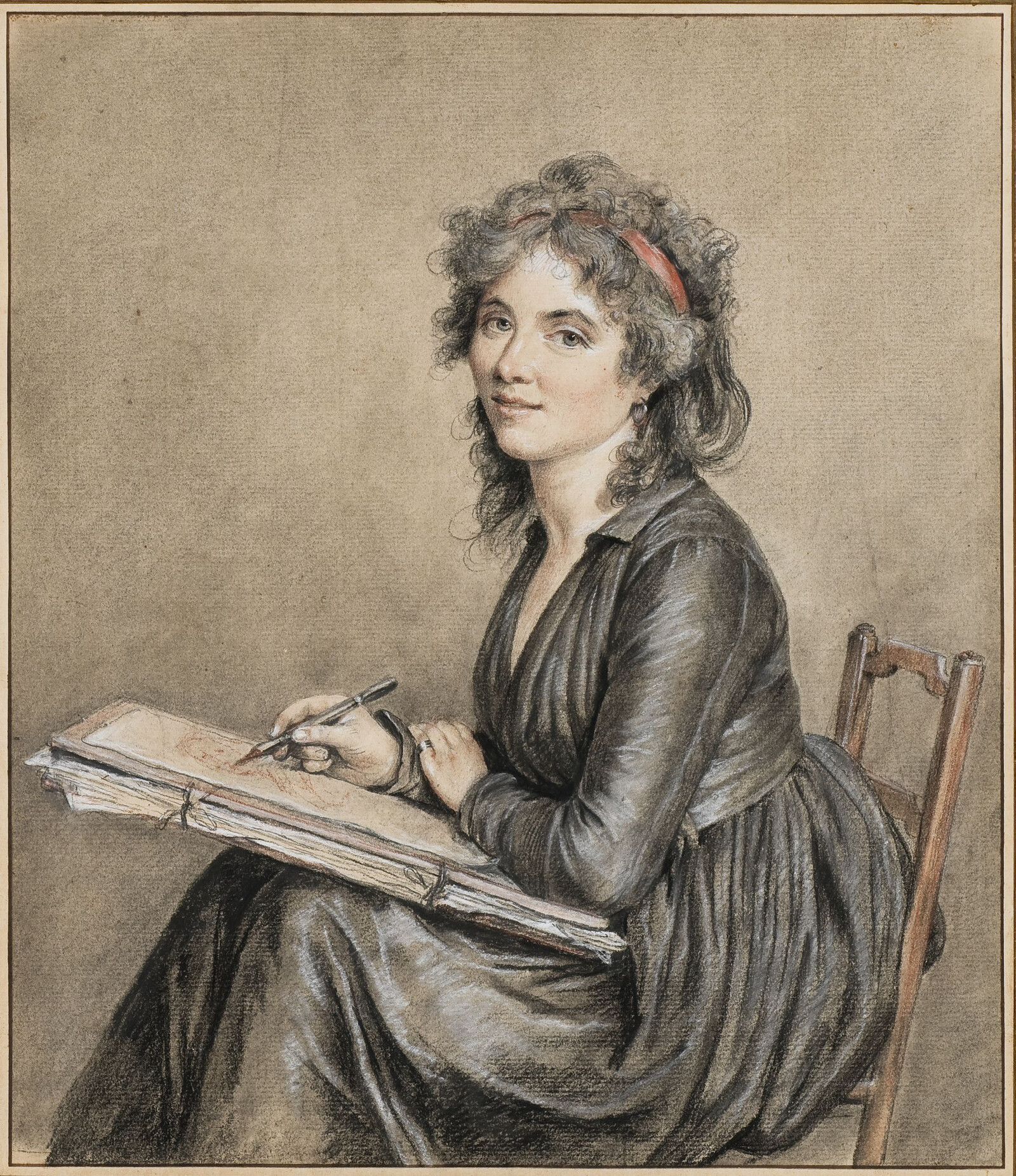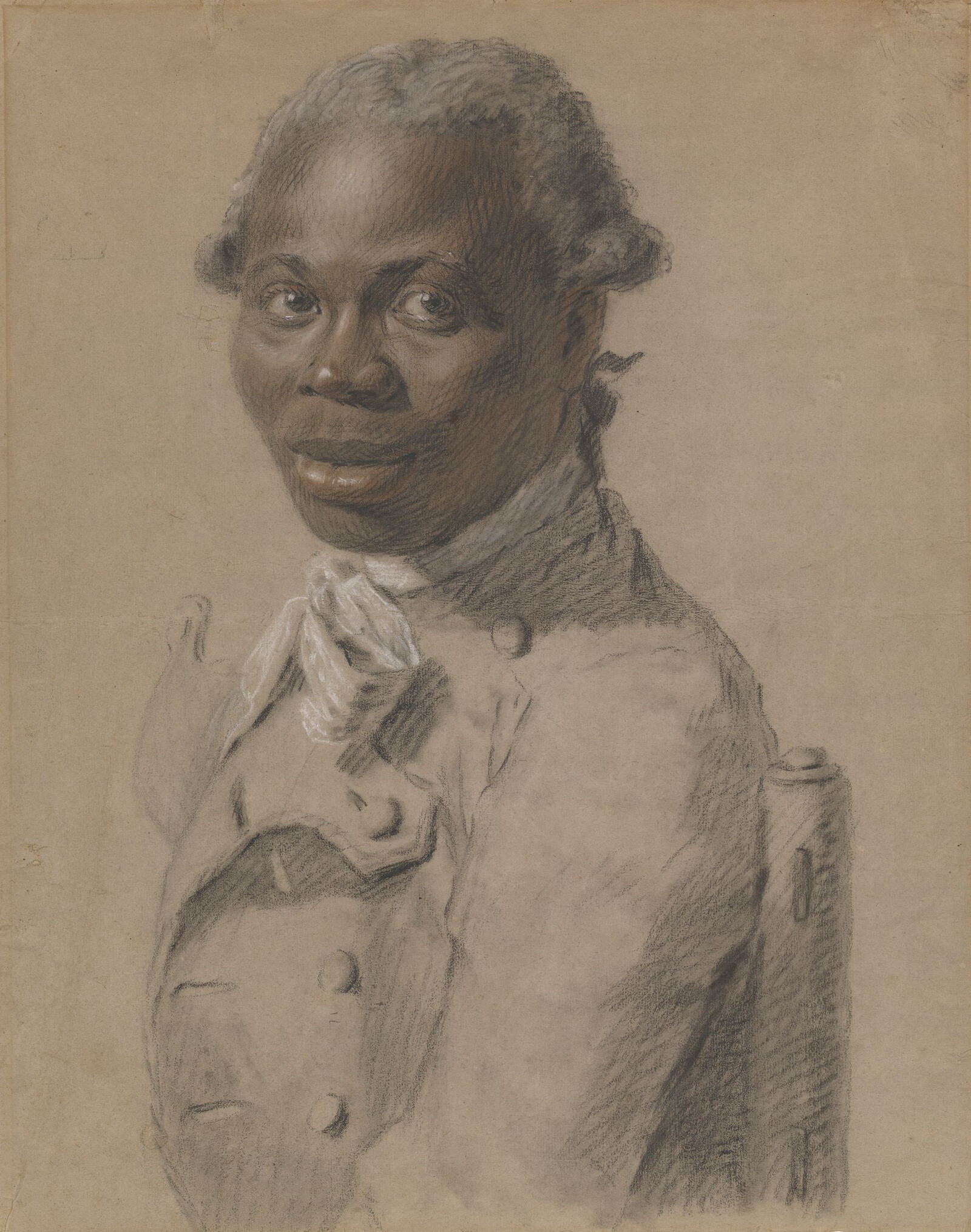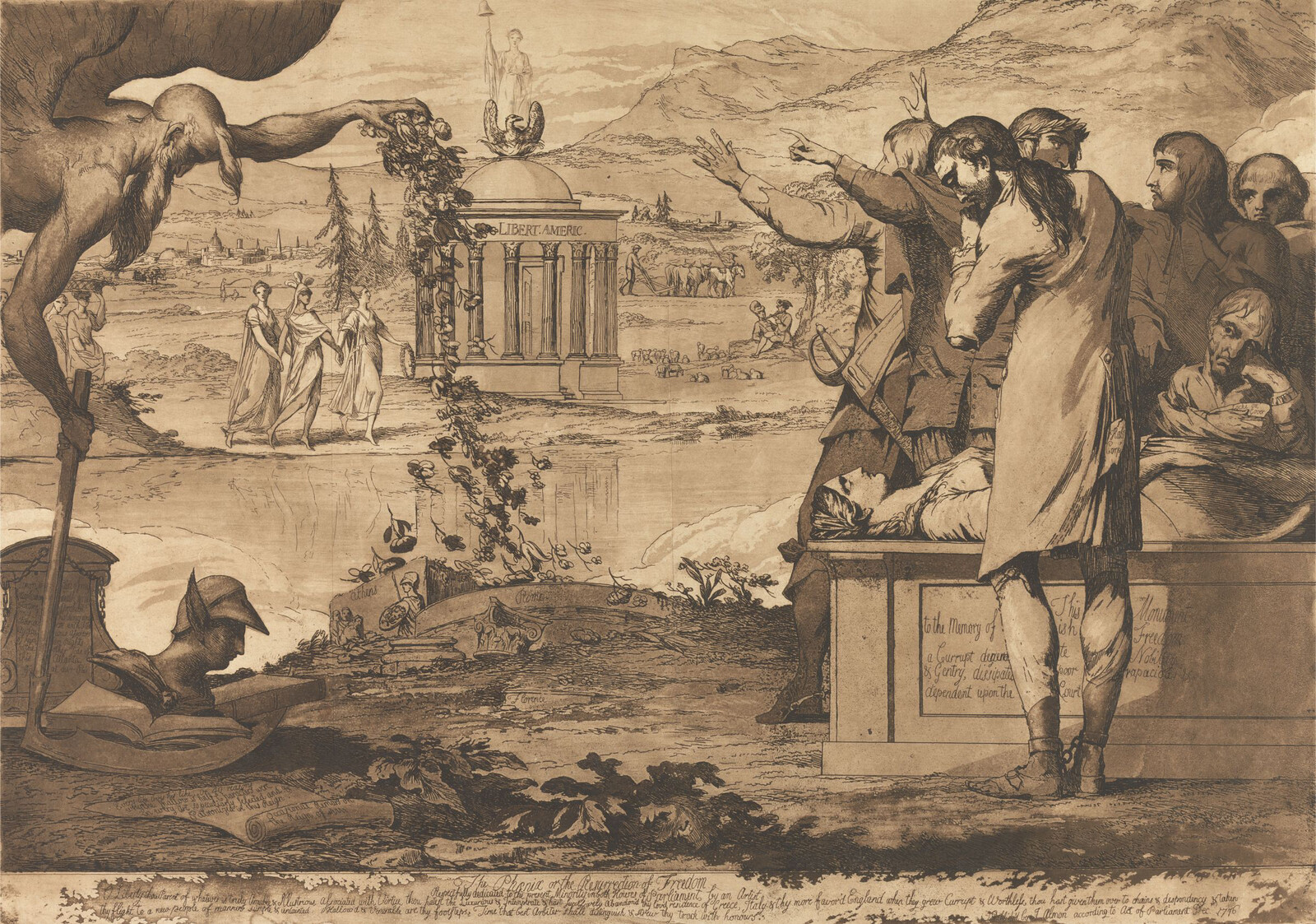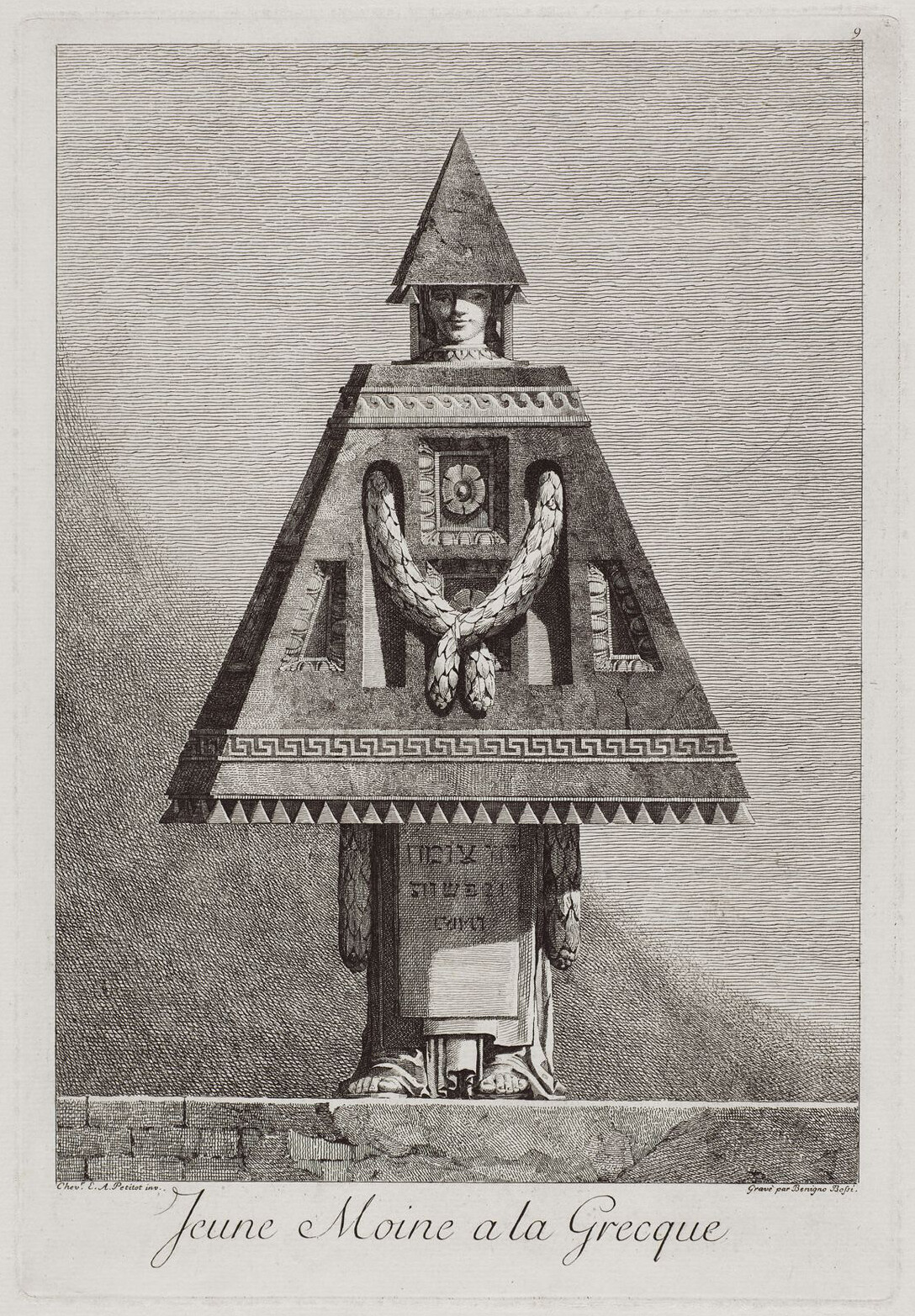In 1784 a Berlin newspaper invited responses to the now-familiar question “What is Enlightenment?” Immanuel Kant’s reply retained the question as its title: a choice which has contributed to the sense that the question has, always, already been answered. But we keep asking it, and Kant’s “What is Enlightenment?” now ranks high among often cited and rarely read texts of the Western canon. It contains some dependable platitudes concerning free expression, as well as the exhortation “Sapere aude!” (“Dare to know!”), frequently taken as the most succinct version of his answer.
“Dare to Know: Prints and Drawings in the Age of Enlightenment” at the Harvard Art Museums brought together 150 prints, drawings, and books in order to examine how images contributed to the production and dissemination of Enlightenment knowledge between roughly 1720 and 1800. The accompanying catalog is an homage to Diderot and D’Alembert’s Encyclopédie (1751-72), with twenty-six alphabetically arranged articles on topics that shape our own understanding of eighteenth-century thought. According to Elizabeth Rudy and Tamar Mayer’s entry on “Time,” the very act of looking backward as a mode of inquiry is an intellectual operation that would not be possible without the notion of history that emerged in this period.
There remains a persistent belief in the Enlightenment as the origin of modern Western thought and, as a result, politics. This is either good or bad depending on who you ask, but the sense that the present is somehow directly linked to this place-time that we call the Enlightenment lingers. Jason Farago has suggested that “dare to know” was the eighteenth-century equivalent of “stay woke,” while countless others have prescribed a “return” to Enlightenment values as panacea for any number of social and political ills.1 Forgotten is Kant’s total intolerance for Catholics and the significant constraints (including censorship) on “the freedom to use reason publicly in all matters” that he sets forth. But this convenient forgetfulness might not matter much. Michel Foucault observed that, for the late eighteenth century, the question “What is Enlightenment?” was far more noteworthy than any answer. The term was old news even before Kant defined it: “something familiar and diffuse, something that was going on—and fading out.” What the newspaper was really asking, Foucault argues, was “What is it that has happened to us? What is this event that is nothing else but … that something that we … are?”2
And so it remains. “What is it that has happened to us?” is a question that we still insist on formulating as “What is Enlightenment?” Our answer tends to be both hazy and definite. If you believe that the Enlightenment presaged the woes of late capitalism, the answer is most often expressed as the disappearance of some structure of feeling and thought. Reason and capital-T Truth are some of the most grievous losses. Those more skeptical of the West’s achievements are likely to be frustrated by the Enlightenment’s persistence; the way that its concepts endlessly reproduce imperial modes of analysis and contribute to the afterlives of some of Europe and America’s most egregious violence.
The abecedarian form of the catalog is a surprisingly effective way to circumvent this hazy, idealist faux-debate. And it reveals two things that we do have in common with this place-time: a general conviction that information—at least information of a certain type—is a social good, and the centrality of images to the understanding of that information. The short entries on flight, geography, microscope, lava, utopia, and so on offer a view of a cultural moment in Europe that was, contrary to the generalities offered by its champions and detractors, simultaneously recognizable and utterly foreign depending on which piece you are examining.
We learn from the entry on “Drawing” that this mode of expression has its own codes, strategies, and relations of power. Among the many forms of visual representation of which it is part, it is uniquely associated with immediacy and truth. From “Nature”, we discover that in the eighteenth century, the word could be used far more promiscuously than it is now, being equally and differently useful in “the fields of mythology, poetry, aesthetics, theology, philosophy, morality, law and science.” We learn from the entry on “Cruelty” that when the would-be royal assassin Robert-François Damiens was publicly executed in 1757, the most avid spectators were women. And even if this wasn’t true, this breach of feminine sensibility had a long and healthy anecdotal life. From the entry “Skin” we learn—although we might well have guessed—that it was not until the eighteenth century that this organ was subjected to dissection and analysis. Not only did the discovery of pigment make skin culturally and economically significant, recognition of its sensory capacities placed it at the center of a growing discourse of sensibility and sensitivity. To be touched was to register both a physical and an emotional sensation.
To a large extent, form is content, and if you read these entries in order, an ideology begins to emerge. Not a politics or an identifiable set of beliefs, but a sense of the very conditions for knowing. Becoming aware of the way that these apparently distinct pieces of information begin to add up to something greater than the sum of their parts is a notable experience. That taxonomies and rational organization are themselves political forms is not a new observation, but it can seem abstract, limited to an academic realm of aesthetics, and often overstated. The process of recognizing that in reading about topics as disparate as flight, imagination, and the color yellow you have begun to perceive, and assent to, a distinct notion (that cannot ultimately be verified) of how Europe worked in the eighteenth century is a powerful reminder of how significant form actually is.
One of the things accomplished by this form is an ability to casually pass over a significant amount of violence and cruelty, even despite the inclusion of an entry on that very topic. By this I do not mean that Enlightenment epistemologies are incompatible with a history and study of imperialism and colonialism. I do not quite believe that the inheritors of Enlightenment traditions are so in thrall to this abstraction as to forget or ignore the domination, murder, and enslavement of non-European people. Rather, there is a fair amount of material violence in the records themselves. A primary example is the violence of anatomy: the mezzotint Fragments of Skin and Thumb (1737) from a treatise on pigment is a gruesome reminder of how comfortable the science we so regularly praise was with the dismemberment of human bodies into objects for study.
This violence is present as well in the mesmerizing yet disturbing image chosen to advertise the show and adorn the cover of the catalog. Jacques Fabien Gautier d’Agoty’s Muscles of the Back (1746) features a woman flayed alive to expose the ribs and back muscles. The ribs, emerging from shapely hips still intact, resemble whalebone used for stays. The woman’s face, terrified and straining to see her own opened body, makes it difficult not to read the image as a sadistic fantasy as much as an educational illustration.
The figure desperate to see behind her, as if trying to confirm whether her torso was in fact splayed open, draws our attention once again to the centrality of visual evidence in the construction and verification of reality. Again, this is something that the present shares with this time period—an endless search for ways to more accurately simulate reality in images. And again, d’Agoty’s image of internal corsets and passive, feminine terror offers a clue to how culturally saturated visual “accuracy” always is. Which is not to say that text does a better job of objective reproduction. Rather, text and picture are co-constitutive. Perhaps a significant legacy of the Enlightenment is the relationship between the visual and the textual itself—that process of translation that is always at work between the two. That gap where meaning is made not through similarity or complementarity, but through incommensurability. This space in between terms, each deficient by virtue of its relationship to the other, is where cultural knowledge and truth are produced, verified, and refuted. It should be remembered that Diderot not only brought us the Encyclopedia but, through his involvement with the biannual salons of Paris, art criticism itself.
Dare to Know: Prints and Drawings in the Age of Enlightenment is published by Harvard Art Museums and distributed by Yale Universty Press
“Critics’ Picks: Best Art Books of 2022,” New York Times (December 15, 2022), https://www.nytimes.com/2022/12/15/arts/design/best-art-books-2022.html.
Michel Foucault, “For an Ethic of Discomfort,” in Essential Works of Foucault (1954-1984): Power, ed. Paul Rabinow (New York: New Press, 1997).
